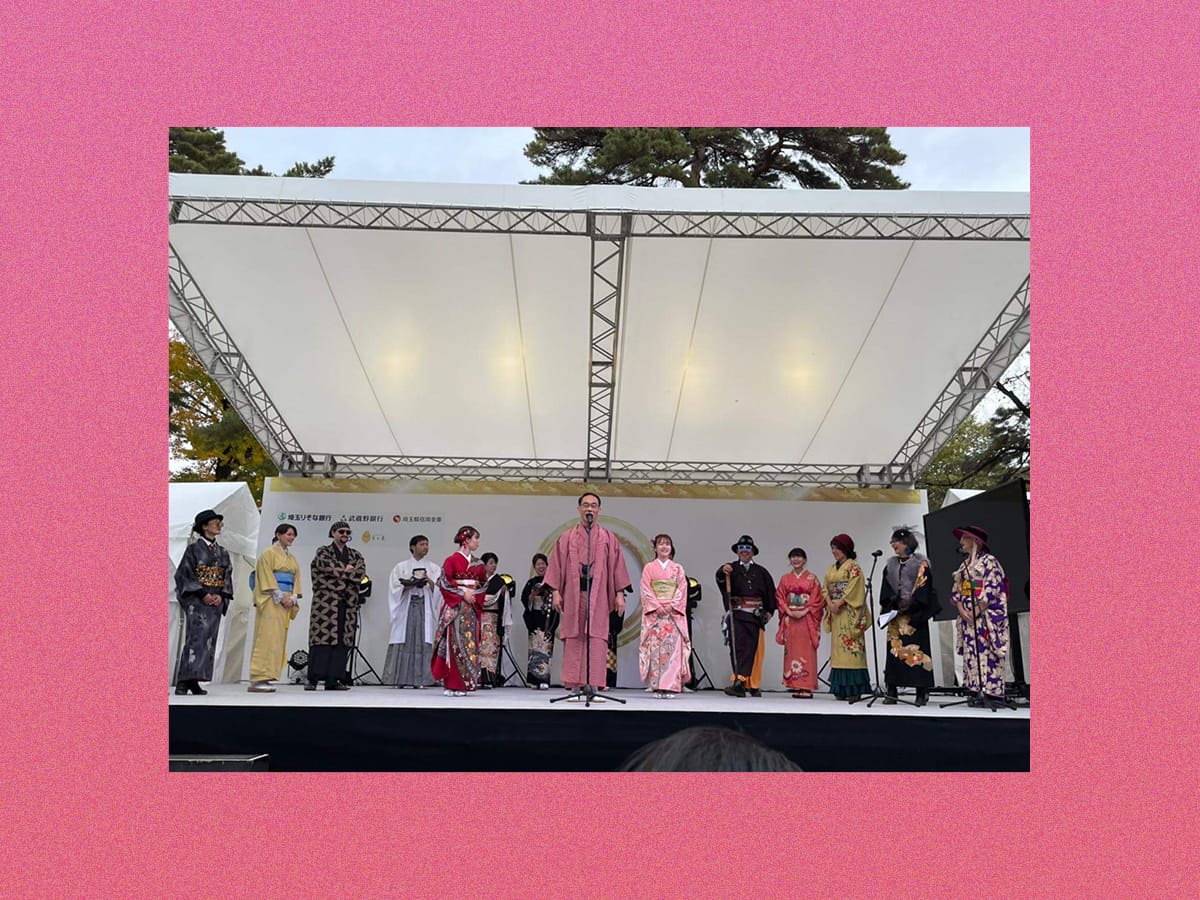
Source: Saitama Governor Motohiro Ono addresses the crowd at Omi Park for the Wabi Sabi Daisaiten autumn festival of every style of kimono. | Photo courtesy of © JAPAN Forward
Saitama’s Wabi Sabi Daisaiten Autumn Festival Returns to Live Celebrations
- Tags:
- autumn festival / Festival / Furisode / Kimono / Saitama Prefecture / Wabi Sabi Daisaiten
Related Article
-
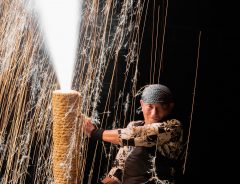
Hand-held fireworks performer has photog son capture the moment with stunning results
-
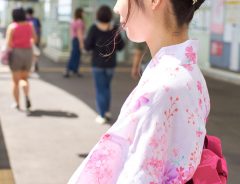
“Wearing a yukata in your 20s is cringe.” Man’s comment to woman in Japan puzzles netizens
-
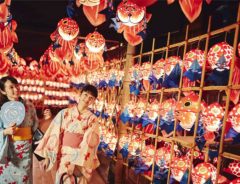
Rent a Goldfish During Your Hotel Stay at the Shigakko Goldfish Festival
-

Where to buy Yukata in Japan for an affordable price?
-
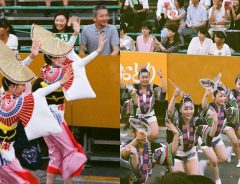
Yosakoi and Awa Odori: Experiencing Shikoku’s Iconic Dance Festivals
-
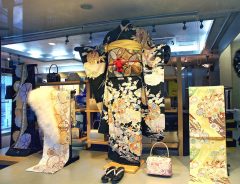
[Kimono Style] Why are Kimono so Expensive?


The event celebrated ecology through reusing old kimono, diversity in the types of kimono and varieties of models, and equality by highlighting young people without parents raised in institutions.
Sheila Cliffe, for JAPAN Forward
This year felt like a step towards normality with live performances, as Wabi Sabi Daisaiten took place in Omiya park on November 20 and 21. Last year in 2020, the event was limited to an online performance because of COVID-19.
This annual event is a celebration of Japanese culture in Saitama. The leaves in neighboring Hikawa Shrine were in all their red autumn glory, and the color was multiplied by the colorful kimono of small children going to the shrine with their families for their seven, five, three [years-old] celebrations. There were also several young women in beautiful furisode, presumably taking pictures for their upcoming coming of age celebrations.
Though the pandemic is probably not over, it was wonderful to at least be able to have a live event after all this time. Chairs were well spaced and people were reminded to maintain social distancing.
Young models in furisode and formal men’s wear. | Photo courtesy of © JAPAN Forward
Many Ways of Celebration
As in previous years the kimono fashion show was organized by Midori Fujii of Kawagoe Kimono Walking Group NPO. The aim of the fashion show was to demonstrate diversity in the types of kimono and ways of wearing them, and also in the wearers.
The first part of the show consisted of formal kimono. To begin, two young girls and two young men modeled furisode and formal men’s haori and hakama outfits. These are the most formal garments for young people.
The models were young people who grew up in child care institutions without parents to give them a formal coming of age celebration when they reached 20 years old. Masaco Yamamoto set up an Accha Project NPO, an organization to support those young people, so that they can wear kimono and have their photographs taken on this special rite of passage. This is important to help them feel equal with other people of their own age who celebrate in this way.
(...)
Written by Japan ForwardThe continuation of this article can be read on the "Japan Forward" site.
[Kimono Style] Saitama’s Wabi Sabi Daisaiten Autumn Festival Returns to Live Celebrations